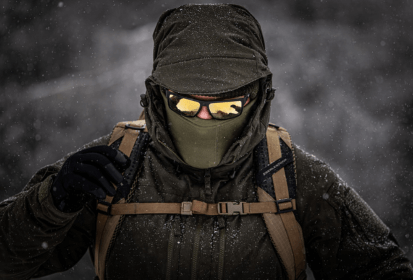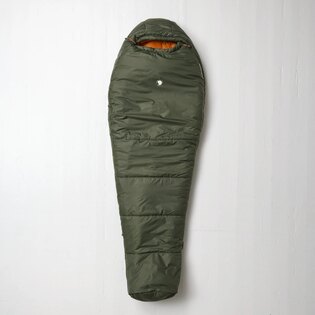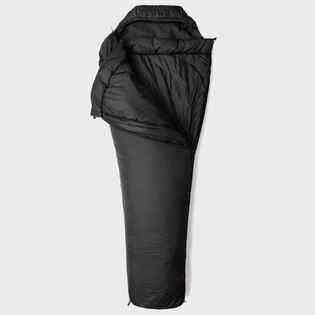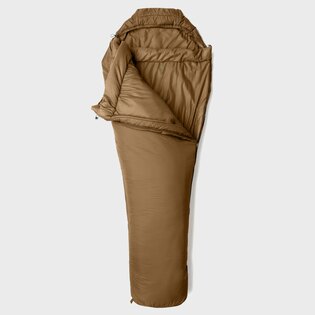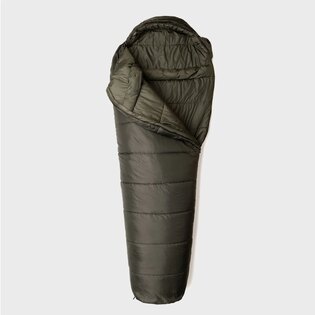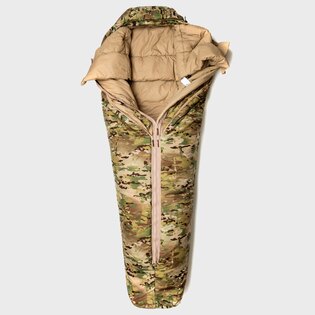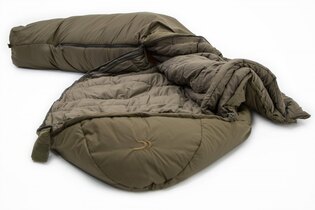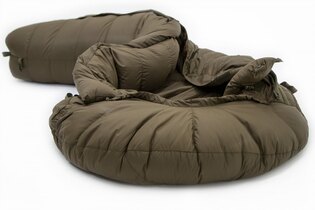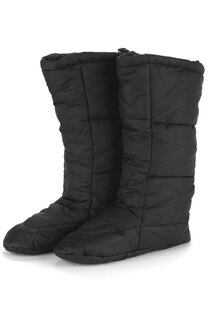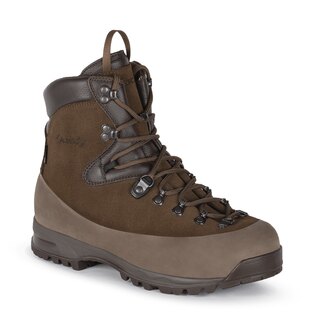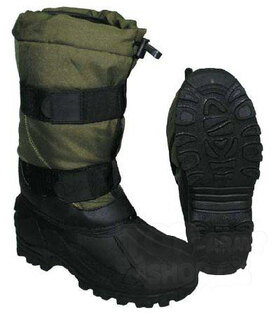5 tips to make winter bivouacking easier
You haven't heard the term bivouacking and don't know what to imagine? Then we'll explain it to you right now. Bivouacking means sleeping under the open sky. Previously, this word was used for emergency overnight stays in nature. Today, you will encounter it more in connection with sleeping outside with reduced comfort.
Tip #1: Check the weather forecast
Before you start packing the necessary equipment, check the weather forecast. Mountains can be unpredictable and it's important not to underestimate this step. Surely, you don't want to experience a snowstorm or extreme cold during your adventure!

Before you set out on your winter adventure, check up the weather forecast!
Tip #2: Pack quality winter gear
To enjoy bivouacking and survive it in good health, pack quality winter gear to help keep you warm. Otherwise, you risk a sleepless night or even hypothermia and frostbite! Therefore, don't forget the essentials:
- mat,
- good clothes: waterproof and windproof winter jacket, insulated sweatshirt, a pair of shell or waterproof trousers and functional underwear,
- winter footwear,
- power bank,
- survival knife, ev. axe, saw, multitool,
- etc.
Sleeping bag
The choice of a suitable sleeping bag for winter camping depends mainly on the weather. Down is suitable for frosty, clear nights. They tend to be more expensive and warmer, but more problematic. For frosty conditions without sunshine, when humidity is high, we recommend a sleeping bag with synthetic fibers, which won't get damp so easily even after several days. In general, the sleeping bag should always be intended for temperatures below zero (pay attention to comfort and limit temperature) and contain a good insulation and waterproof outer material.
Backpack
A suitable backpack for winter bivouacking should be sufficiently spacious, but not too heavy. Keep in mind that walking in the snow can be exhausting on its own, especially with a several-kilogram backpack on your back. This is even more true if you will be skiing. Its waterproofness and durability are also crucial.
Quality clothing
For overnight stays in winter, quality clothing such as hats, socks, long underwear and functional shirts is also crucial. Merino wool is great for bivouacking in cold weather, as it keeps you warm even when you sweat. Wearing garments made from this material also helps you avoid odor. For these reasons, you don't have to bring as many pieces with you, which is an advantage compared to cotton or other materials. This also saves space in your backpack. We probably don't even need to mention quality winter boots and gloves. You can protect your face from frost with a balaclava.
Food
For winter bivouacking, dehydrated food is perfect, which you can prepare on a fire, a gas or benzine cooker, or even without one. You just need a bit of water, and in a few minutes, you have breakfast, lunch, or dinner ready! On our e-shop, we offer for both vegetarians and meat-lovers 100% natural ready meals, which are highly energetic, without added ingredients, and practically packed.

A warm drink in winter always helps.
Tip #3: Plan your trip well
Besides preparing appropriate clothing and checking the weather, plan your journey well in advance. This way, you will avoid stress that could cause you even bigger problems. Decide in advance whether you will move to your destination on foot, on skis, or using snowshoes. Based on this, you will better estimate how much time you will need.
Remember that moving in the snow is much more demanding. Therefore, we recommend finding out what type and how much of it is present in the area. In case of an emergency, prepare an alternative plan for returning to civilization and do not overestimate your power and skills.
Tip #4: Choose a suitable place for bivouacking
First and foremost, you must choose a location that is sheltered from the wind - for example, by a rock wall, a snowdrift, or a barrier you've created (branches stuck into the ground, covered with snow, and packed or a wall of snow).
When building the shelter, always remember that the entrance must face the opposite direction from which the wind is blowing. Otherwise, cold air and snow will get into the shelter. Before you start adjusting the place, dress more warmly. Keep in mind that while walking or skiing, you warm up more, but if you stay in one place, you could get cold, making it harder to fall asleep.
Tip no. 5: Prepare everything you need for cooking and sleeping
After finding a suitable place and preparing it, get all the necessary sleeping items ready. Just before going to bed, go to the toilet so you don't have to go out into the freezing night. Also, do a short warm-up - running around the forest will get your blood flowing. And when you're burrowing into your sleeping bag, don't breathe inside. This will prevent it from getting damp. To keep your face warm, instead, use a balaclava.
Before you start a fire for cooking (which we highly recommend, as hot soup, tea, or a ready-made meal will warm you up), make sure there is no snow or icicles above you that could melt and fall from the heat. If you are cooking on a fire, also prepare wet wood and water (icicles are better than snow, as they provide more water). Try to build the fire pit on a base of stones or wet wood to prevent it from gradually sinking under the melting snow.
Readers are further interested
